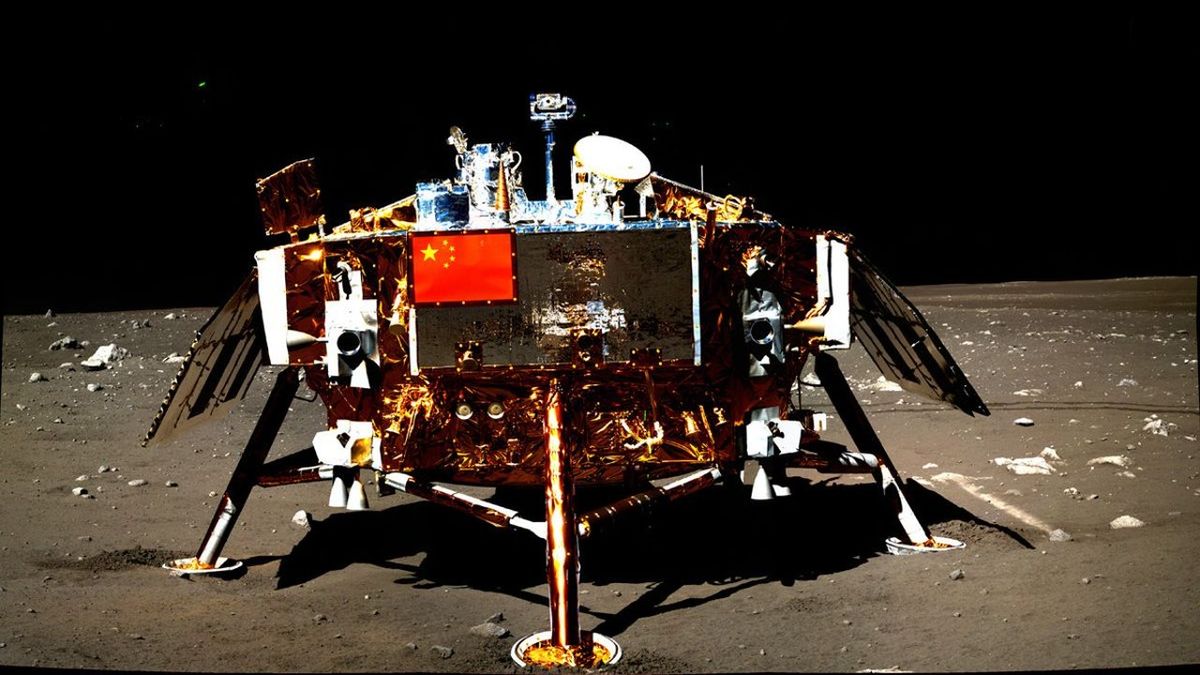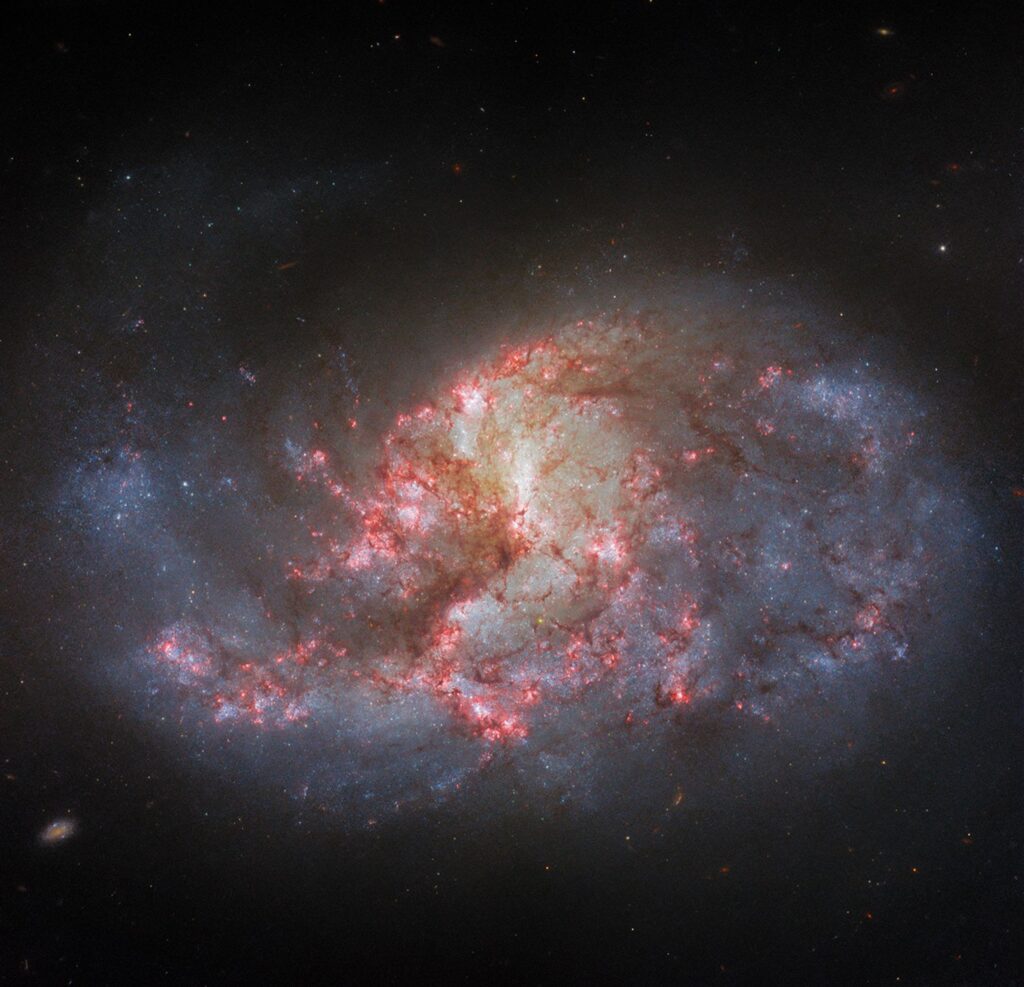
Engineers working on China’s Chang’e-6 mission have foregone family reunions over the Lunar New Year to help get the spacecraft ready for launch.
The components of the complex Chang’e-6 moon sample return mission arrived at Wenchang spaceport on Hainan island in early January. There, a team of engineers and researchers, many with extensive experience from the 2020 Chang’e-5 mission, is intensively testing and adjusting the equipment, according to a China Central Television (CCTV) report.
The mission will make the first ever attempt at collecting material from the far side of the moon and deliver it to Earth for analysis. Launch is planned for around May.
Zhang Yang, managing engineer of Chang’e-6, said that Spring Festival, as Lunar New Year is known in China, is a critical period for the mission. “We must ensure that the probe is in good condition, and each step we take is quality guaranteed,” Zhang said.
As traveling back to see families was not possible, team members caught with loved ones remotely.
“This is the first time that I am not celebrating the Spring Festival with my family, and I wish all my family members good health in the Year of the Dragon,” Zhu Rongkuan, a young engineer on the team, said.
Chang’e-6 is expected to be a 53-day-long mission. The mission lander will seek to touch down in Apollo basin on the far side of the moon and collect up to 4.4 pounds (2 kilograms) of lunar materials using a scoop and a drill.
The short CCTV report also reveals a logo for the mission. The image contains the moon, the stack of four spacecraft comprising Chang’e-6 — the service module, lander, ascent vehicle and reentry capsule — and an apparent representation of the Chinese lunar goddess Chang’e, for which China’s lunar exploration program and missions are named.
Also shown is the Queqiao-2 relay satellite which will launch in February or March to support the mission. The satellite is required to relay communications between ground stations and the Chang’e-6 spacecraft because the far side of the moon is never visible from Earth.
RELATED STORIES:
Once on the moon, the mission lander will load lunar samples into an ascent vehicle ready to be blasted into lunar orbit. There, the ascent vehicle will rendezvous and dock with the waiting service module, which will receive the precious cargo. The service module will then head back to Earth, releasing the reentry capsule just before arrival. The capsule’s task is to protect the samples during a fiery reentry into Earth’s atmosphere and parachute safely down to the surface.
Analysis of samples from the lunar far side could provide new insights into why the near and far sides of the moon are so different, and clues about the history of the moon and the development of the solar system.



